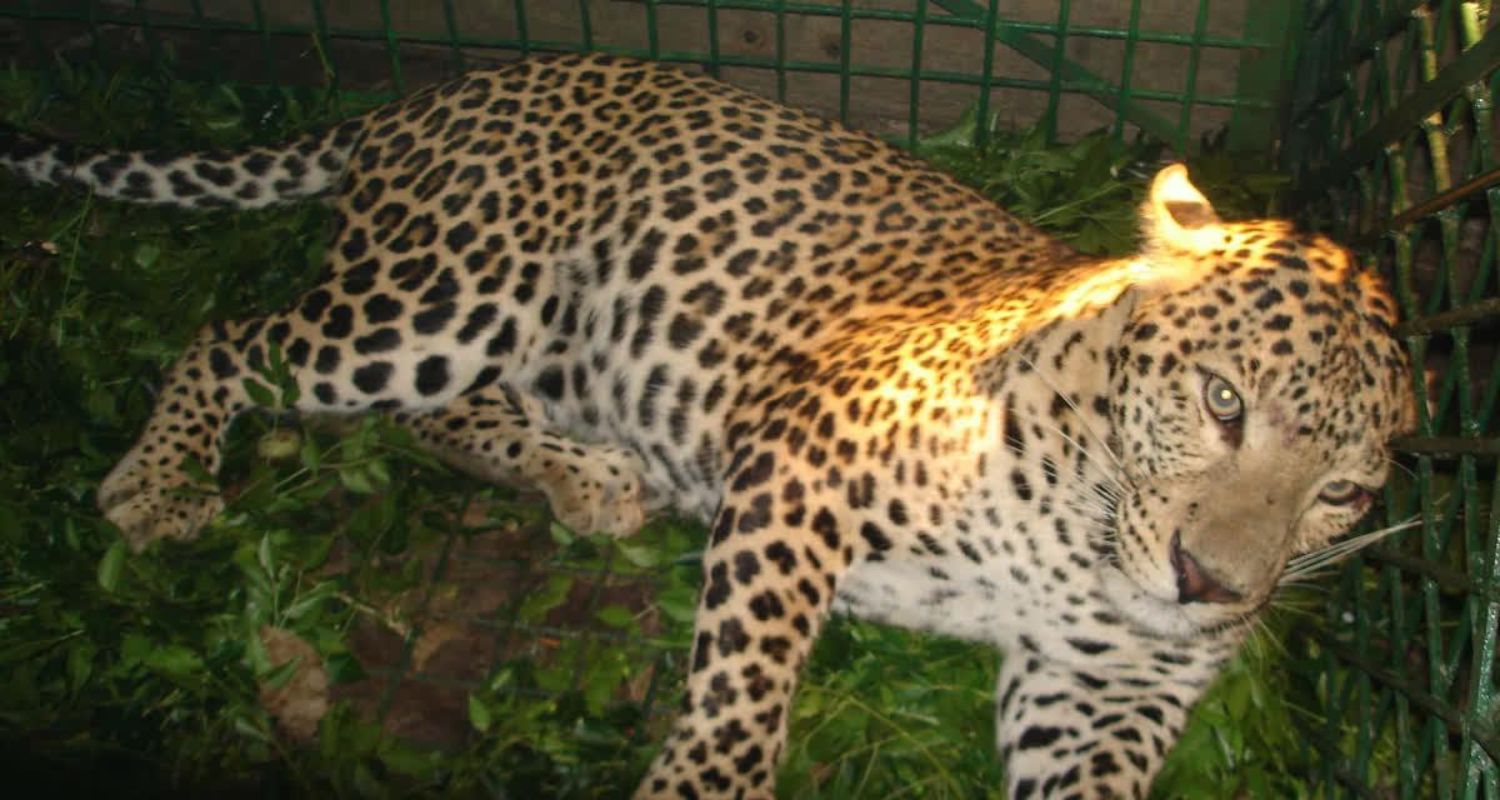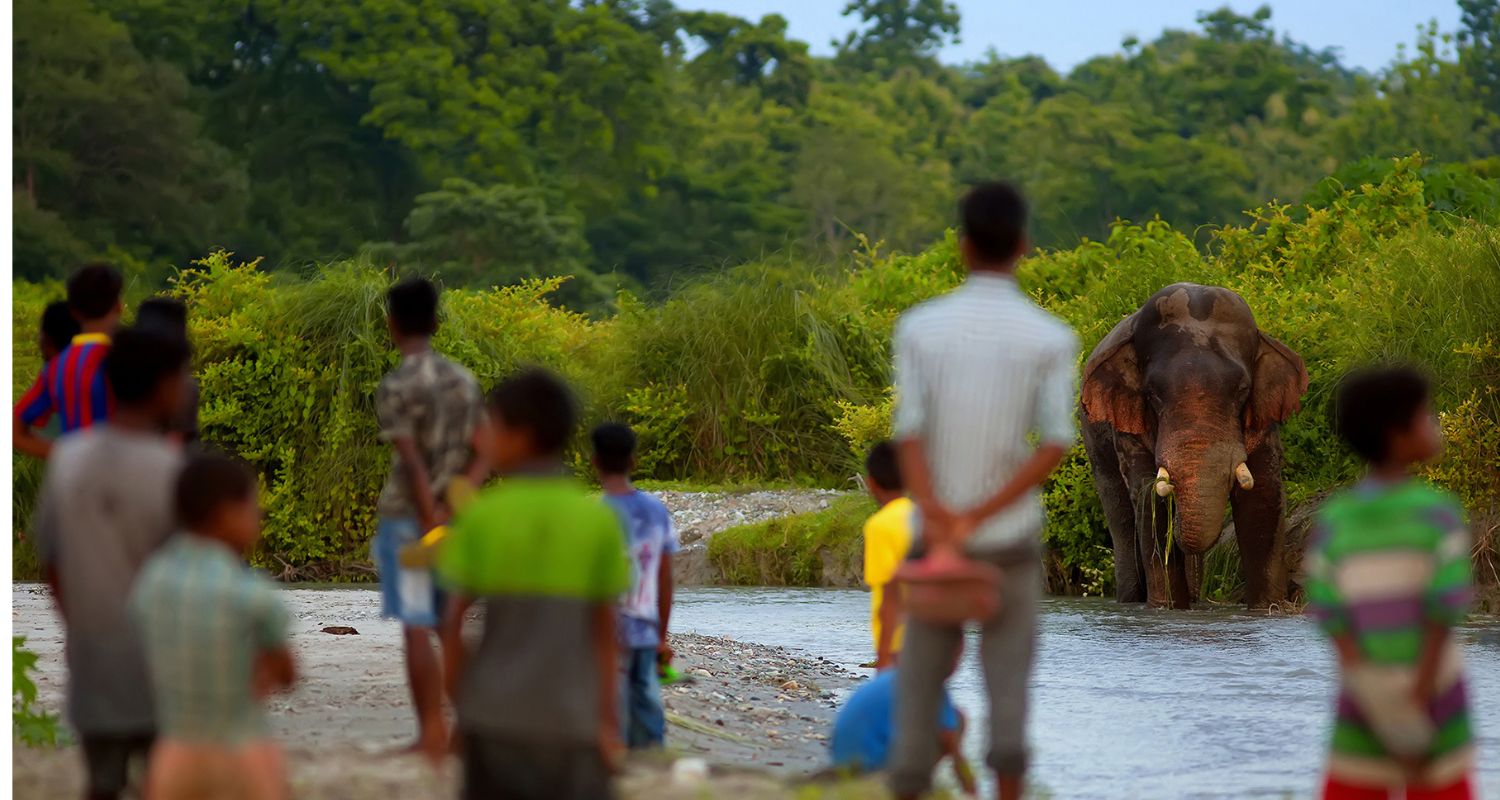For the lush forests of North Bengal — where elephants wander, rhinos graze, and leopards lurk — a long-awaited dream is finally inching toward reality. The West Bengal state government has finally given the green signal for the construction of state-of-the-art wildlife hospitals, a move that could rewrite the region's conservation story.
Spread across three key locations—Buxa Tiger Reserve, Jaldapara National Park and Mahananda Sanctuary — these upcoming hospitals will be equipped with cutting-edge medical infrastructure, tailor-made for wild patients both mighty and minute. Until now, injured wildlife in the sprawling national parks and sanctuaries of North Bengal—including Jaldapara, Gorumara, Neora Valley, Mahananda, Chapramari and the Buxa Tiger Reserve—had to depend on makeshift forest-side first aid. Forest rangers and veterinarians had no choice but to treat elephants or rhinos on the spot, deep within the forest, without proper tools or conditions.

The absence of a centralised wildlife hospital had been a sore spot for forest workers, conservationists and wildlife lovers alike. But now, the challenge is about to be addressed. “We have received the government’s approval,” confirmed Bhaskar JV, Chief Conservator of Forests (Wildlife), North Bengal, adding, “The Detailed Project Report (DPR) is being prepared. Once finalised, we aim to commence construction within the next year.”
Also Read: Law above all: Bengal Governor on Kolkata gangrape
These aren’t your average vet clinics. Each hospital will feature operation theatres built to accommodate animals as large as a tusker, advanced anesthesia units for safe and humane treatment, USG facilities capable of scanning elephants, rhinos and bison and special wings for avian and reptilian care. In essence, these hubs will be fully functional wildlife treatment centers, capable of handling both trauma and long-term care.

From train tracks cutting through elephant corridors to highways slicing through tiger terrain, modern infrastructure has brought both opportunity and tragedy. With no hospitals in the vicinity, many injured animals succumbed to wounds that could have been treated—had the facilities existed. Wildlife lovers have long decried the infrastructure gap. “It wasn’t a lack of will, but a lack of means. Now, finally, the means are coming,” shared a senior forest official.
Once complete, these hospitals will not only serve as medical centers but also become training grounds for wildlife vets, research hubs for conservation science and beacons of hope for biodiversity in one of India's richest ecological zones. The wilderness of North Bengal is about to get a new heartbeat—and this time, it's wrapped in bandages, surgical gloves and a pledge to heal.
Also Read: Bengal Safari Park welcomes 18 new animals ahead of Durga Puja



